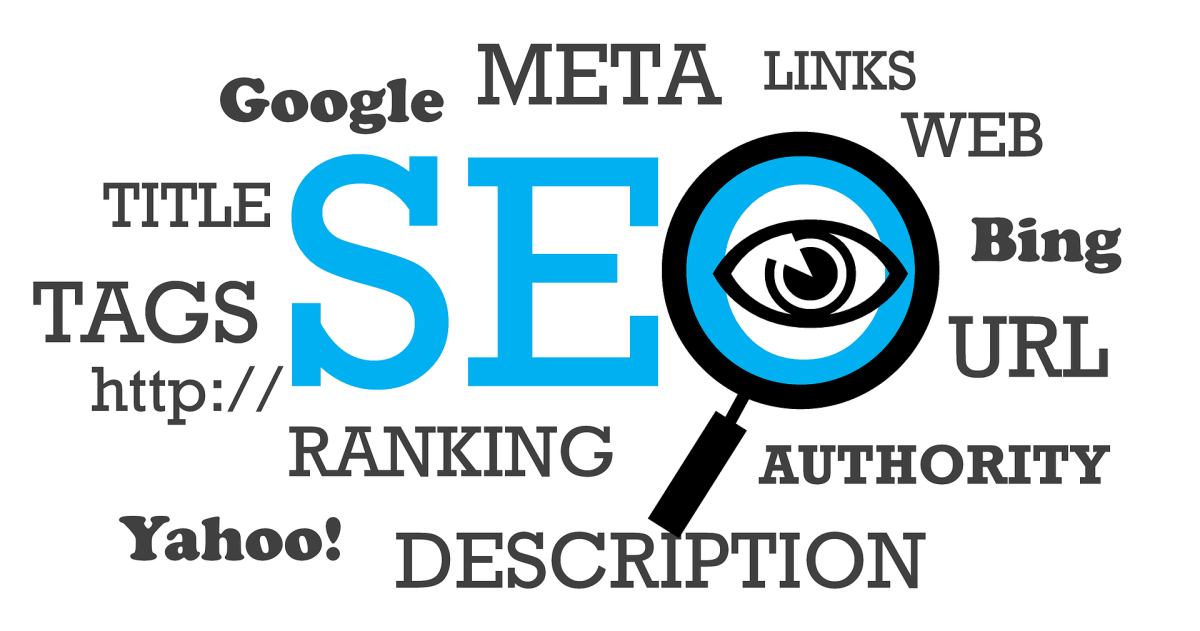One of the most important tools to take advantage of is the tagging/keyword feature. There are channels that get it right, but there are lots that get it wrong. Let’s take a look at this vital part of the YouTube game—and why you should pay attention to it.
What Are Tags, and How Do They Work?
Tags are a piece of what’s known as metadata — mostly behind-the-scenes info related to your post that helps websites and search engines learn about your content so it can be properly indexed. For YouTube, metadata includes titles, tags, and the description. We’re gonna just focus on that second one. So how do they work? The idea behind tags is they help YouTube learn about and categorize your work. It provides valuable information that, if used right, can lead to your videos getting found in searches and even recommended. You can even “rank” for search results and appear before other videos in search results. How cool is that? While views, watch time, and other interactions can help a video rank, good tags and keywords can only help your chances. And sometimes, you can even outrank older videos if you manage to get good keywords and good interaction! All of this is part of something known as “Search Engine Optimization” (SEO). If you want to get views and build an audience, mastery of YouTube SEO is very important. Tags are also important for YouTube to learn about your video because it can’t analyze videos for SEO and algorithm purposes. Text only. Captions are also a part of SEO. YouTube can read your videos’ captions to help it learn as well. I don’t place that much emphasis on them myself, but if you want another extra edge…
YouTube, the Librarian
Search engines are like librarians. When you type something into the search bar, the search engine will try to look for the best “book” that matches what you’re looking for. YouTube’s no different. It’s a video librarian, and when you punch in your search terms, YouTube will try to find you the best video that matches what you put in. You need to keep this in mind when crafting your tags. A good idea to keep in mind is: “If I were searching for my video, what would I type in?” Granted, you can’t use that for all your tags, but it’s useful for a good number of ‘em. You can also team up your tags with your description and your title as well for extra firepower.
Long Tail Tags and Short Tail Tags
If you look up anything related to YouTube tags, these twin phrases will undoubtedly turn up. Basically, this is single-word tags vs. multi-word tags. A lot will do the following with their tags. Say this is for an arcade game, like Street Fighter II: Street Fighter II | Capcom | Video Game | Arcade | Gameplay | Retro Games And so on. Those are short tail tags. The reason why this is bad is no one searches for videos like that. Think of it like this: each tag you put in is effectively a search term someone might punch in the search bar. Granted, putting in the name of the game/product/etc., is useful for SEO purposes. But past that? Don’t lean too much on it. Long Tail tags can be much better as they more closely mimic what people actually put into that search bar. Take that first tag, “Street Fighter II.” That will work, but you can get even more mileage out of it with tags like: Street Fighter II Arcade gameStreet Fighter II CapcomStreet Fighter II Gameplay This kinda stuff can only do good.
Make Sure They’re Relevant
I saw a YouTuber once put a tag in their video for a product they linked in the description. Only thing is…it was never mentioned in the video. Don’t do that. Tags need to be relevant to what your video is about. They also wasted space for better tags. You gotta watch out because search engines like Google or YouTube can actively punish you for being spammy and stuffing your description with tags that aren’t relevant. Remember this crucial piece of information: Never try to game the system. In the world of SEO, you may run across the terms “white hat” and “black hat”. White = good, black = bad and scummy. Never go black hat. Stick to white hat. Search engines will make your existence hell if you’re caught going black hat. Besides, do you really want to stress out with keeping ahead of whatever the latest detection methods for black hat are?
The Key Is In the Keyword Research
Something else that will help immensely is “Keyword Research.” This means taking time to search and find out what tags/keywords are relevant to your channel. There are multiple ways to go about doing this. For example, you could check out what people use in their titles or what words pop up constantly in descriptions. If you’ve got plugins like Tube Buddy or Vid IQ you can also see tags. There are also tools you can use like Keyword Tool where you can enter words and phrases for YouTube, and the site will give you recomendations. However, a lot of these “Keyword Research” sites often have free and paid versions. So if you want all the juicy info…you gotta pay up, but it can be worth it! Even if you find good keywords, there’s also the matter of competition for keywords and tags. So tools like TubeBuddy, Vid IQ, and Keyword Tool will give you that extra info for that extra edge. But regardless of how you do it, you gotta do it. Keyword research is essential. In the process, you might also find some nice phrases for your title or description.
A Keyword Tag Super Weapon
Normally, you’d have to sink loads of time into researching keywords and tags and other things to find out what tags work, what’s relevant, and what could even help you rank. There’s a tool I use that helps me out when it comes to keyword-related things. Meet TubeBuddy. TubeBuddy is a browser extension that will work with YouTube and give you some awesome insights. What we’re gonna focus on is the keyword explorer. With this tool, you can type in keywords, and it’ll give you an overall score, and then break that score down to give you even more info. For free users, you’ll get a general overview. If you get even the lowest-paid plan, that info is weighted and tailored towards your channel. You’ll also gain the ability to look at tags. There are also other awesome tools, like the ability to make basic thumbnails, to move easily from one video to the next in terms of editing metadata, and you can even make lists of tags for easy tag input. Plans start as low as $9.99/mo, and you can get as much as 50% off if you pay annually and if you’re under 1k subscribers. You can even get one month of their Pro plan for free to try it out. Keep in mind you don’t need TubeBuddy to get good at tags and keywords. It just really helps to streamline the process. Besides, knowing how to do some measure of keyword research will help you. You might need to in order to get tag ideas. You can also scope out the competition and see how others are tagging their videos in your niche, or if you’re stuck, get ideas on tags to use. You can even see how a video is ranking for keywords. Check out how one of my Let’s Play videos is doing (as of this writing):
Important Things to Keep in Mind
Even with cool tools like TubeBuddy, you have to keep in mind the most important principle. These things will take time to hit their stride. I had a video I “tagged out” using TubeBuddy earlier this year, and suddenly it just snowballed out of nowhere in terms of views a few months ago. Now it’s dominating some of the tags I set for it. So do the tags, give it a few months, and see how it does. Sometimes videos take off like no one’s business. Other times…it might be a while. The important thing is you don’t lose heart. Just do the best practices, and revise revise, revise. Even with a powerful tool like TubeBuddy, you’ll need to experiment and find out what works for your channel, even if you’re following all the right practices.
Let’s Review
So, to quickly review:
YouTube Tags/Keywords are text related to your video. YouTube is like a library and will use tags to figure out the best video that matches what someone searches for. There are long tail and short tail keywords, and long-tail keywords are great as they can closer match what people search for. Make sure your tags are relevant—you don’t want to be spammy. Remember: white hat = good, black hat = bad. Utilize Keyword Research to find the best keywords and tags to use in videos. TubeBuddy is an awesome tool that has the powerful Keyword Explorer tool that makes the process of adding and researching keywords a whole lot easier. Even if you “do everything right” it’ll take time. Sometimes videos will explode in hits; other times, it’ll go slow…even with “the right tags”. Tags aren’t a guaranteed pathway to success, but the worst they can do is help your chances.
Good luck! You can do it. And remember: Tags are just one part of the YouTube SEO pie. There are a few more elements that can help too, like your titles, description, and more. But now over to you. Do you have any great recommendations on tags? What are some of the practices you use? Have you used TubeBuddy before? I’d love to hear your input. Let’s get a conversation going and learn some new things.





